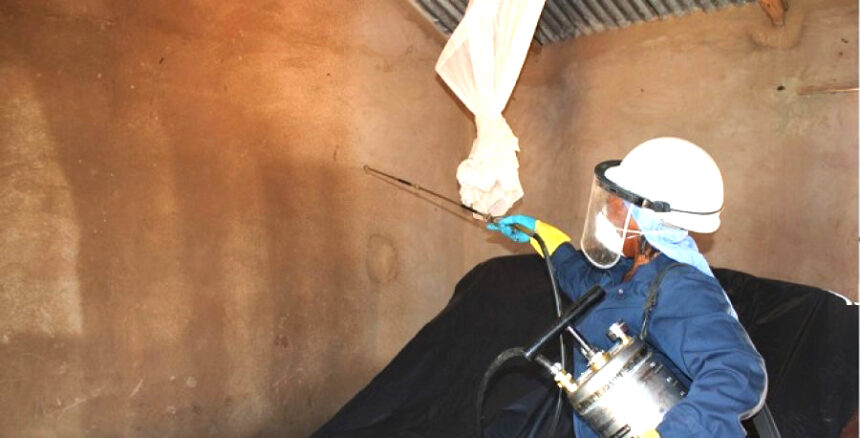Malaria cases have significantly declined in the northern regions.
This offers relief from the recent surge, which saw hundreds of infections reported in Omusati, Oshikoto, Ohangwena and Oshana regions.
The regions recorded a spike in malaria infections earlier this year, raising concerns among health officials.
Between 10 and 16 February this year, Oshikoto and Omusati recorded 20 and 21 cases, respectively.
Ohangwena did not record any case in those days.
A total of 23 people died of malaria since October last year, while 4 356 cases were recorded in the Ohangwena, Omusati, Oshikoto and Oshana regions since October 2024.
Ohangwena health director Odon Nkongolo said for the past three weeks, malaria cases have considerably and consistently reduced by 60% to 75%.
“This is a significant downtrend. We sincerely hope that the worst is over. The cumulative figures from October 2024 until last week in Ohangwena stands at 3 831 malaria cases, 697 malaria admission cases and seven malaria death cases. The are no new case,” he said.
Omusati regional health director Alfons Amoomo confirmed that the region is experiencing a sharp drop in malaria cases compared to previous outbreaks.
“Currently, malaria cases have decreased severely. Normally, we report over 500 cases per week, but that number has gone down,” he stated.
He added that malaria transmission tends to slow during the peak of the rainy season, as floodwaters wash away mosquito eggs.
However, he warned that the risk of new infections remains high once the rains stop.
Stagnant water provides ideal breeding grounds for mosquitoes.
“During heavy rains, most mosquito eggs are washed away. This reduces malaria cases temporarily. But once the water starts drying up, mosquitoes begin breeding again. That is when cases start rising,” Amoomo said.
He noted that malaria remains a seasonal threat, urging communities to remain vigilant and take necessaries precautions.
The health ministry continues to monitor the situation.
They are expected to roll out additional malaria prevention measures, including spraying programmes.
Residents are encouraged to clear standing water around their homes and seek medical attention if they experience malaria symptoms.
Oshikoto health directorate head Joshua Nghipangelwa said 196 malaria cases were recorded in December last year alone.
Since last week, only 20 cases were recorded.


